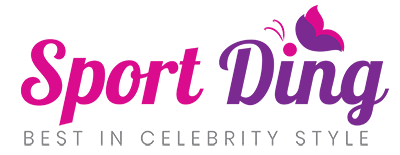Without a diagnosis from a doctor, a person who has trichotillomania can be mistaken as having anxiety or depression.It is characterized by an irresistible urge to pull hair from the scalp, eyebrows, and other parts of the body.
As of now, there is no particular drug that can treat trichotillomania. It is being managed by therapeutic sessions that focus on behavioral, cognitive, acceptance. Here are some things that you should know about trichotillomania so you will not mistake this condition to the more prevalent mental disorders such as depression and OCD or obsessive-compulsive disorder.
 Symptoms
Symptoms
The most visible symptoms are patches on the scalp and other body parts with hairs because of repeated pulling of hair in the area. A person with this disorder is embarrassed to show the patches and the hair pulling act. Because of this, he tries to hide them even from his direct family. Tension can also be seen before he can go on pulling his hairs, and he derives satisfaction after. You can also see him chewing pulled hair. When the condition is at its worst, the patient may withdraw from his social life altogether.
Types
Trichotillomania can either be focused or automatic. Focused hair pulling happens when there is an overwhelming urge to pull hairs. Automatic hair pulling is done with an unconscious mind.
Hair pulling can also emanate from either positive or negative emotions. This means that a person with the disorder pulls his hairs to get relief, or he may do it out of frustration or distress.
Cause
The cause of trichotillomania is not clear, but it can be traced to genetic and environmental factors.
Risk Factors
The risk factors include family history, age, other medical conditions and stress. It was seen that when a family has a family member with trichotillomania, the possibility of having other members in the future is greater than those with no family history.
It was also discovered that children with ages 9 – 13 the most common age when the disorder occurs. Until now, the disorder is closely related to other mental conditions like anxiety and depression. When you have a family member with this disorder, prevent him from being exposed to stressful environments because it can trigger symptoms.
Management
With no clinical drug that is proven to treat trichotillomania, management of this disorder involves behavioral and cognitive trainings and therapy sessions. The effects of these management approaches differ from one patient to another. But as such, all individuals with hair pulling disorder should have a support group to belong to be able to their experiences and to inspire each other.


